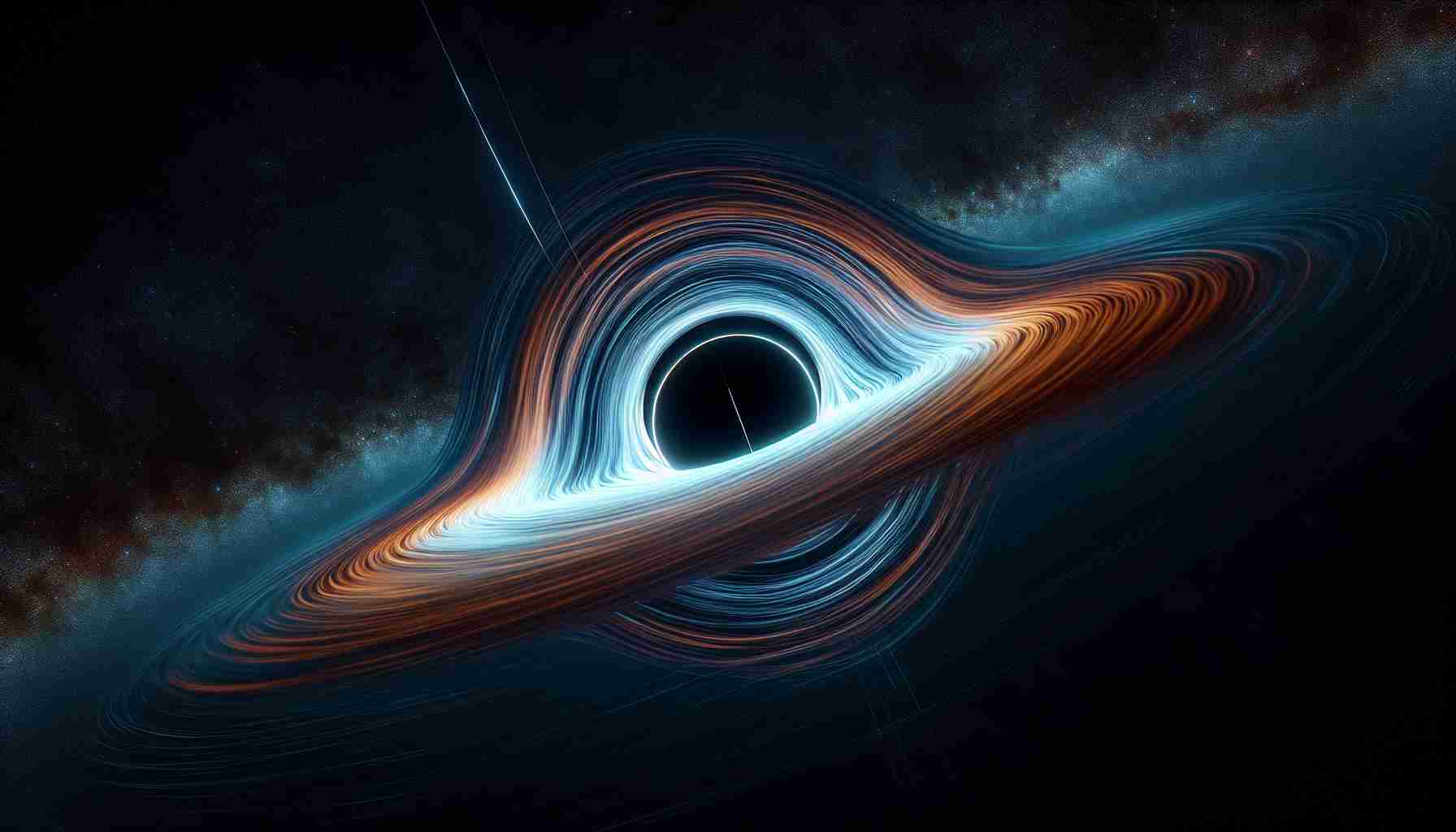The Impact of Ancient Meteorite Strikes on Early Earth Life
Ancient meteorite strikes may have played a pivotal role in the development of life on Earth, according to a recent study. Rather than being solely destructive, these impacts could have actually provided benefits to early life forms by altering the environment in ways that promoted the flourishing of bacteria and other microbes.
One scenario proposed by researchers suggests that a meteorite, comparable in size to four Mount Everests, collided with Earth billions of years ago, causing widespread chaos. The impact created massive tsunamis, stirred up the oceans, and ejected dust and debris into the atmosphere, leading to a temporary global darkness and temperature spike.
Despite the cataclysmic nature of the event, it inadvertently provided essential elements like phosphorus and iron to the marine environment. These nutrients fueled a rapid expansion of bacterial populations, particularly those capable of metabolizing iron. The newfound abundance of resources acted as a catalyst for evolutionary leaps, setting the stage for the emergence of complex life forms on Earth.
By analyzing rock samples from impact sites and studying the chemical signatures left behind, scientists are gaining valuable insights into how meteorite strikes influenced early Earth ecosystems. The research underscores the potential role of catastrophic events in shaping the course of evolution and highlights the resilience and adaptability of life in the face of extreme challenges.
Ancient meteorite strikes have long been theorized to have had a profound impact on early Earth life beyond what was previously believed.
One intriguing question that arises is whether these meteorite strikes may have introduced genetic material from outer space to Earth, potentially seeding the planet with biological precursors or even extraterrestrial life. While this idea remains speculative, ongoing research into the genetic composition of extremophiles found in impact craters could shed light on this intriguing possibility.
Another important aspect to consider is the long-term consequences of meteorite impacts on Earth’s climate and geology. How did these cataclysmic events shape the evolution of the planet’s surface features and atmospheric conditions? Understanding the interplay between meteorite strikes and environmental changes is crucial for unraveling the complex history of early Earth life.
Key challenges in studying the impact of ancient meteorite strikes on early Earth life include the scarcity of well-preserved impact sites and the difficulty of distinguishing between the effects of multiple impacts over time. Untangling the specific contributions of individual meteorite strikes to the development of life on Earth remains a formidable task for researchers in the field.
One of the controversies surrounding this topic revolves around the extent to which meteorite impacts influenced the trajectory of evolution on Earth compared to other factors such as volcanic eruptions or climate fluctuations. Resolving this debate requires a comprehensive understanding of the timing, frequency, and magnitude of meteorite strikes throughout Earth’s history.
Advantages of studying ancient meteorite strikes include the potential to uncover new insights into the origins of life on Earth and the mechanisms underlying evolutionary transitions. By piecing together the puzzle of how meteorite impacts shaped early Earth ecosystems, scientists can deepen their understanding of the factors driving biological diversity and adaptation.
However, a significant disadvantage lies in the inherent uncertainties and complexities involved in reconstructing events that occurred billions of years ago. The fragmentary nature of the geological record and the limitations of analytical techniques pose challenges to researchers seeking to unravel the full extent of ancient meteorite impacts on early Earth life.
For further exploration of this topic, interested readers can visit the NASA website to learn more about meteorite research and planetary impacts. NASA’s extensive resources provide valuable information on space debris, impact modeling, and the cosmic phenomena that have shaped Earth’s history.













